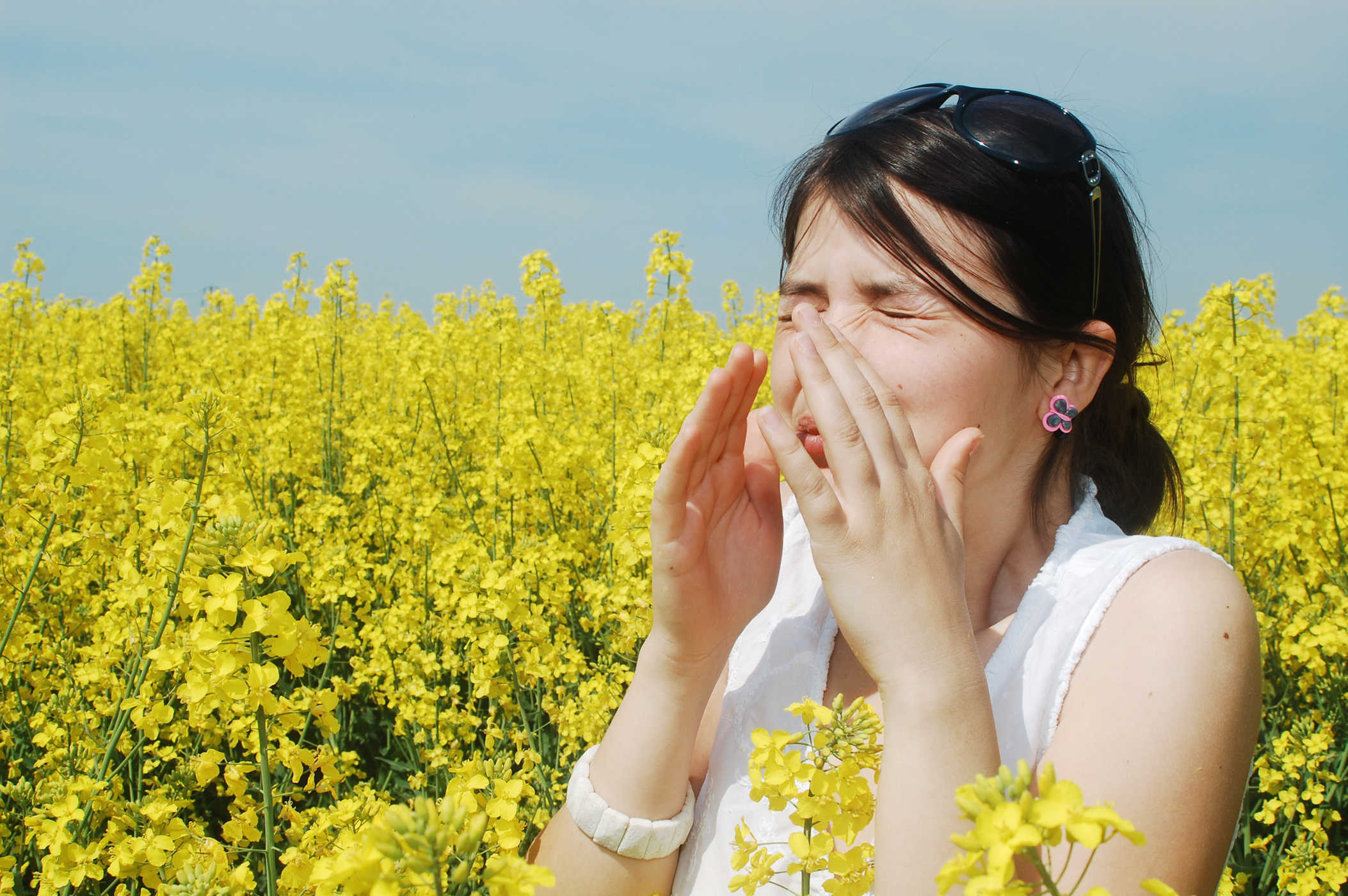Contents:
- Medical Video: Uncovering skin allergies with patch testing
- Food allergy
- Contact allergy
- Inhaled allergies
Medical Video: Uncovering skin allergies with patch testing
An allergic response occurs when a person's immune system reacts abnormally to substances that are common in the environment. This substance is known as allergens, causing an inflammatory response in the body that can range from mild to life threatening. Worldwide, 30 percent of people suffer from allergies and the number continues to grow.
According to the World Allergy Organization, allergies have become a major health problem, with more than 250,000 deaths in preventable asthma every year. Factors involved in increasing allergies include pollution, genetic components and even cleanliness.
Allergic reactions can be caused by a number of different allergens but are generally broken down into three categories: allergies swallowed, contact allergies, and allergies inhaled.
Food allergies are caused when allergens are eaten.
Contact allergy, also known as contact dermatitis, occurs when a substance such as hair dye or detergent contacts a person's skin.
The most common type of allergy is inhaled, caused when a person breathes inhaled allergens such as pollen or animal hair.
Food allergy
Food allergies, also known as food hypersensitivity, are a type of food intolerance in which sufferers have an abnormal immunological reaction to food.
It is estimated that between 220 and 520 million people worldwide suffer from food allergies, most of which are children. Food allergies are most often caused by cow's milk, nuts, eggs and fruit.
According to a study in North America recently, 16 percent of children under the age of three had a reaction to fruit or fruit juice, while 28 percent had an allergic reaction to other foods. Children with food allergies are more likely to have (or develop) other allergies such as fever, rhinitis, and asthma.
Symptoms of food allergies can be mild, as is the case with itching (urticaria), which occurs when certain foods such as strawberries are eaten. Most people with allergies experience elevated levels of IgE immunoglobulin in their bloodstream. IgE binds to allergens and then attaches to mast cells on the skin. Mast cells then release histamine which triggers the release of fluid that causes red, itchy, and inflamed skin - a condition called red patches.
More severe symptoms of food allergies may include abdominal cramps, vomiting, or diarrhea accompanied by a rash, lip or eye swelling that appears and disappears quickly, or, in very rare cases, anaphylactic shock: sudden allergic reactions that may result in death. Children with food allergies may show behavioral signs such as crying, irritability, or refusing to drink milk.
Contact allergy
Contact allergies occur when allergens touch someone's skin. The symptoms of this type of allergy are usually limited to the contact area. General irritants include soap, detergent, hair coloring, jewelry, solvents, candles, or polishes. Natural allergens include poison oak, poison ivy, and ragweed. Even though it's annoying, contact allergies are not so dangerous.
Symptoms may include skin redness, itching, swelling, scaling, or feeling hot. The best way to deal with contact allergies is to identify and avoid irritation. In simple terms, treatments may include the use of creams or ointments to help relieve symptoms. The use of antihistamines is also recommended to prevent allergic reactions, or, in the case of the most serious, anti-inflammatory drugs such as prednisone. With treatment, contact allergies usually disappear within a few days. A person must contact a health care professional if there is fluid from the rash accompanied by pain or fever or if red lines appear from the rash. These conditions are all signs of infection.
Inhaled allergies
Inhaled allergies are the most common type of allergy. Hay fever (hypersensitivity to pollen) alone affects more than 40 million people in America.
Every season, starting in spring and continuing through the fall, allergy sufferers condemn trees, weeds, and grass that are responsible for sneezing, runny nose and watery eyes. This condition cannot be prevented simply by always being indoors during the allergy season, because other types of airborne allergens such as mold, pet dander, and many dust mites are indoors.
If this doesn't get worse for sufferers, the results of a 2006 University of Cincinnati study found that exposure to certain fungi can make children more vulnerable to developing other types of allergies, including asthma.
Many people are still confused about hay fever and asthma. Asthma is a chronic inflammatory disorder that causes bronchial swelling and narrowing of the respiratory tract, possibly triggered by hay fever if someone has both conditions. But hay fever and asthma is very different. An asthma attack can be triggered by a number of other factors, including respiratory infections, certain drugs, types of allergens such as dust or diesel fumes, and even cold air or emotional responses.
Pollutant exposure, especially in developing countries, is associated with asthma, rhinitis, rhinoconjunctivitis, and acute respiratory infections, compared to allergies and other diseases. In China alone, outdoor pollution is associated with more than 300,000 deaths every year.












